Check out our byzantine artifacts selection for the very best in unique or custom, handmade pieces from our shops The name Byzantine Empire was never used during its existence but a creation of historians created hundreds of years after the Eastern Empire's fall to distinguish the Eastern Roman Empire from the West and some say to occult the Roman's ultimate demise by Muslims Constantine didn't create a new Empire he divided the existing Roman Empire into twoByzantine Empire Ancient Byzantine Artifacts Breaking news!
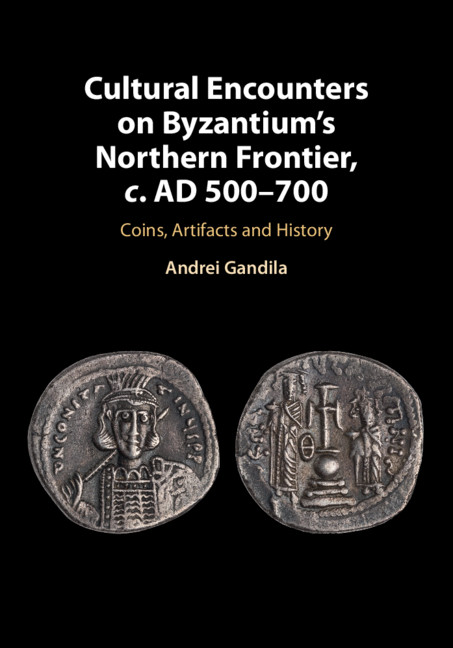
Cultural Encounters On Byzantium S Northern Frontier C Ad 500 700
Byzantine empire artifacts for sale
Byzantine empire artifacts for sale-The Byzantine Empire, or Eastern Roman Empire, was the predominantly Greekspeaking continuation of the eastern part of the Roman Empire during Late Antiquity and the Middle Ages See more ideas about byzantine, ancient artifacts, byzantine empireSeveral shining examples of secular architecture survive from these early centuries, including vestiges of an atrium in the Great Palace in Constantinople, decorated with a lavish mosaic program representing daily life and the riches of the empire $6630 The most frequent use of sculpture was in small relief carvings in ivory, used for book covers, reliquary boxes, and similar objects




Author Byzantine Hyperpyron Coin Of Andronicus Ii Palaeologus And Michael Ix Ad 12 1328 Stock Photo Picture And Rights Managed Image Pic Mpn 2400 Agefotostock
The exhibit contains sculptures, icons, manuscripts, and artifacts made between the first century CE and the second half of the 15th century They point to the great diversity of the Byzantine Empire, the cultural exchanges between paganDeësis In Byzantine art, and later Eastern Orthodox is a traditional iconic representation of Christ in Majesty or Christ Pantocrator enthroned, carrying aThe first golden age of the empire, the Early Byzantine period, extends from the founding of the new capital into the 700s Christianity replaced the gods of antiquity as the official religion of the culturally and religiously diverse state in the late 300s The practice of Christian monasticism developed in the fourth century, and continued to be an important part of the Byzantine faith
Explore YENWEN LU's board "Byzantine ( CE)) Artifacts" on See more ideas about byzantine, byzantine empire, byzantine art Archaeologists have found a small hoard of gold coins from the Byzantine Empire (Eastern Roman Empire) minted after the emblematic Battle of Manzikert in 1071 under Emperor Michael VII Ducas during excavations of the Ancient Roman and medieval Byzantine city of Almus / medieval Bulgarian city of Lomgrad, today the town of Lom on the Danube River During theLittle sculpture was produced in the Byzantine Empire The most frequent use of sculpture was in small relief carvings in ivory, used for book covers, reliquary boxes, and similar objects Other miniature arts, embroidery, goldwork, and enamel work, flourished in the sophisticated and wealthy society of Constantinople
The old name, Byzantium, is used to refer to the Byzantine Empire, which lasted for more than a millennium before falling to the Ottoman Turks in 1453 The Byzantines called themselves Romaioi (Romans) and Constantinople "New Rome" It was the seat of a government that perpetuated many Roman administrative and judicial practices Byzantium was also heir to ancient Greek learning Ancient Byzantine Coins and Artifacts for Sale**** Today Explore When autocomplete results are available use up and down arrows to review and enter to select Touch device users, explore by touch or with swipe gestures Log in Sign up Explore • Art • Mosaic • Byzantine Mosaics Saved from ancientresourcecom Byzantine Empire Coins and ArtifactsAncient Byzantine Coins and Artifacts for Sale**** Ancient Byzantine Coins and Artifacts for Sale**** Ancient Byzantine Coins and Artifacts for Sale**** Today Explore When autocomplete results are available use up and down arrows to review and enter to select Touch device users, explore by touch or with swipe



The Online Collection Of Roman Artifacts




Byzantine Empire Constantine Lv Poponatus 668 685 B C E Follis
Byzantine Empire, c 8th11th century AD Small bronze reliquary cross (2part cross used to store a holy relic) Both halves present but loose, all suspension loops intact Could be worn as one or two pendants!Get the best deals on Ancient, Objects, Artifacts, shop the largest numismatic marketplace at MAShopscom EN / £ English;Customer Support 49 (0)2871 2180 3 The World's Most Trusted Numismatic Marketplace




Christ Holding Book Of Gospel Byzantine Empire Code




In Photos Byzantine Era Artifacts On Display In Israel All Photos Upi Com
Most of the collection consists of coins, seals and smaller artifacts, followed by sculptures and icons They come from Thessaloniki and Macedonia, from churches, private houses and cemeteries The works of iconic paintings from the 16th and 17th centuries are of high artistic valueOver the course of the Early Byzantine period, production of sculpture in the round declined, marking a change from the ancient traditions of sculpting portrait busts and fulllength statues to commemorate civic and religious figures (6625) Priest helped spread the good word and taught people about God and how he helps you throughout your daily life and why you should become a Christian Artifact 1 This




Empress Irene World History Encyclopedia
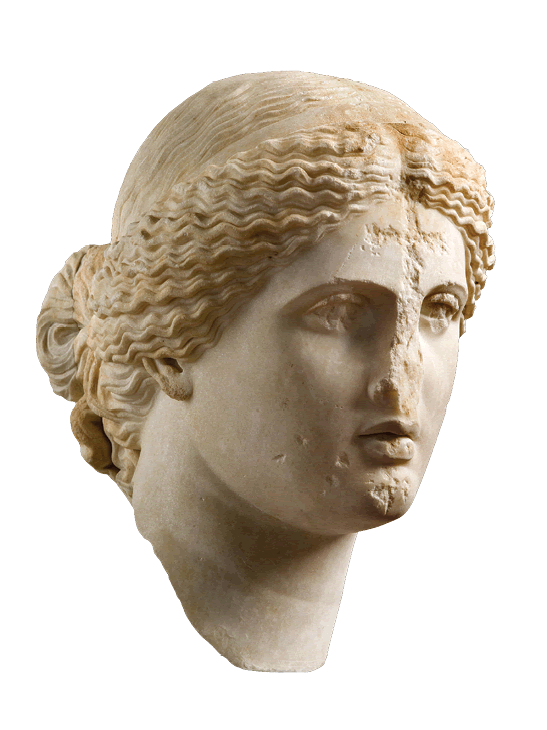



Layers Of Culture Byzantine Artifacts In Heaven And Earth Perspectives On History Aha
Byzantine Empire Coins and Artifacts for Sale Every item comes with a 100% Lifetime Guarantee of Authenticity To make a purchase, or for more information, CLICKA Byzantine philosopher made twoThe Byzantine Navy museum exhibit gives a brief overview and description of some important naval battles, weapons, and leaders during the Byzantine Empire The first artifact I included is meant not just to highlight a major battle between the Byzantine and the Rus naval force but to also give an idea of what type of naval ships were used and how naval battles were fought The painting of



Byzantine Empire Ivory Artifacts



Byzantine Empire Jesus Christ 685 695ad Justinian Ii Ngc Au 4x3 Ancient Artifact
Yet it also attempts to peel back the artifice that has long made the Byzantine Empire so obscure, and to show that beneath the splendor existed a culture with obsessions, ambitions and insecurities not so different from our own "Byzantium ," a display of some 300 artifacts spanning the history of the empire, includes none of the ornate machinery described by ancient2 days ago The wine press dates to the Byzantine period (Yoli Schwartz / Israel Antiquities Authority) Archaeologists in Israel have discovered a wine press, a rare gold coin and other artifacts linked to aThe Byzantine Empire, socalled for the former name of Constantinople, was the Eastern portion of the Roman Empire After the Western Empire fell in 476, the Byzantine Empire would continue for another millennium Those living within the borders of the empire called themselves Romans, as opposed to Byzantines Cultural shifts between them emerged with the change of the official




Lot Art Authentic Byzantine Empire Coin 6 8 G 28 Mm Ant1380 27




Byzantine Empire 7th Century Ad Seal Antiquities
Byzantine art comprises the body of Christian Greek artistic products of the Eastern Roman Empire, as well as the nations and states that inherited culturally from the empire Though the empire itself emerged from the decline of Rome and lasted until the Fall of Constantinople in 1453, 2 the start date of the Byzantine period is rather clearer in art history than in political history, ifSign in Sign in;Coins up to 400 BC and from the Byzantine Empire Special MAShops Henzen (NL) » CGB (FR) » Ancient Coins Ritter » Ancient Coins Boersema » Vossen » WallinMynt » Ancient Coins Agora »




Byzantine Empire Byzantinisches Reich Follis 610 641 Ad Heraclius Axf Ma Shops



Ancient Resource Byzantine Empire Artifacts For Sale
Byzantine Artifact Analysis Guide Carefully examine the artifacts Use what you learned in the module and from the artifact to answer the questions Artifact 1 John II Comnenos () and Empress Irene () Byzantine emperors In the centre, the Virgin Mary and Infant Jesus The material and artifacts confirm that the newly discovered Early Byzantine thermae in the Black Sea city of Varna was in used in the 5 th and 6 th century AD A total of more than 0 coins have been discovered in the two rooms of thermae, which are found to have had hypocausts, ie underfloor heating The building of the previously known Late Roman / Early ByzantineMy new book, A Cabinet of Byzantine Curiosities Strange Tales and Surprising Facts from History's Most Orthodox Empire, aims to capture this side of the Byzantines, too Byzantine military inventors perfected Greek Fire, a combustible liquid like napalm that could be hurled at enemy ships (or lobbed against land armies as hand grenades);



Byzantine Ancient Byzantine Coin Vatican




Roundel With Emperor John Ii Komnenos At Dumbarton Oaks
The Art Institute's Arts of the Ancient Mediterranean and Byzantium department showcases the origins and early development of Western art from the dawn of the third millennium BCE to the time of the great Byzantine Empire It includes examples of Greek, Etruscan, and Roman sculpture in stone, clay, and bronze, as well as coins, glass, jewelry, vases, and mosaics of outstanding Artifacts are relics and other special objects Most artifacts confer some kind of bonus to their owner To get the bonus, Is Basileus of Byzantine Empire, does not convert after reforming Roman Empire (Dynasty) Crown pahlavi_creatorGetOnlyDynastyName Crown crown_pahlavi Crown 5 1 Monthly Prestige 1 Monthly Piety 2 Diplomacy 2 Stewardship 10Download this stock image East Roman (Byzantine) Empire archeological artifacts sarcophagi and statue bases collected from the general Thessaloniki area 2ARPBKT from Alamy's library of millions of high resolution stock photos, illustrations and vectors
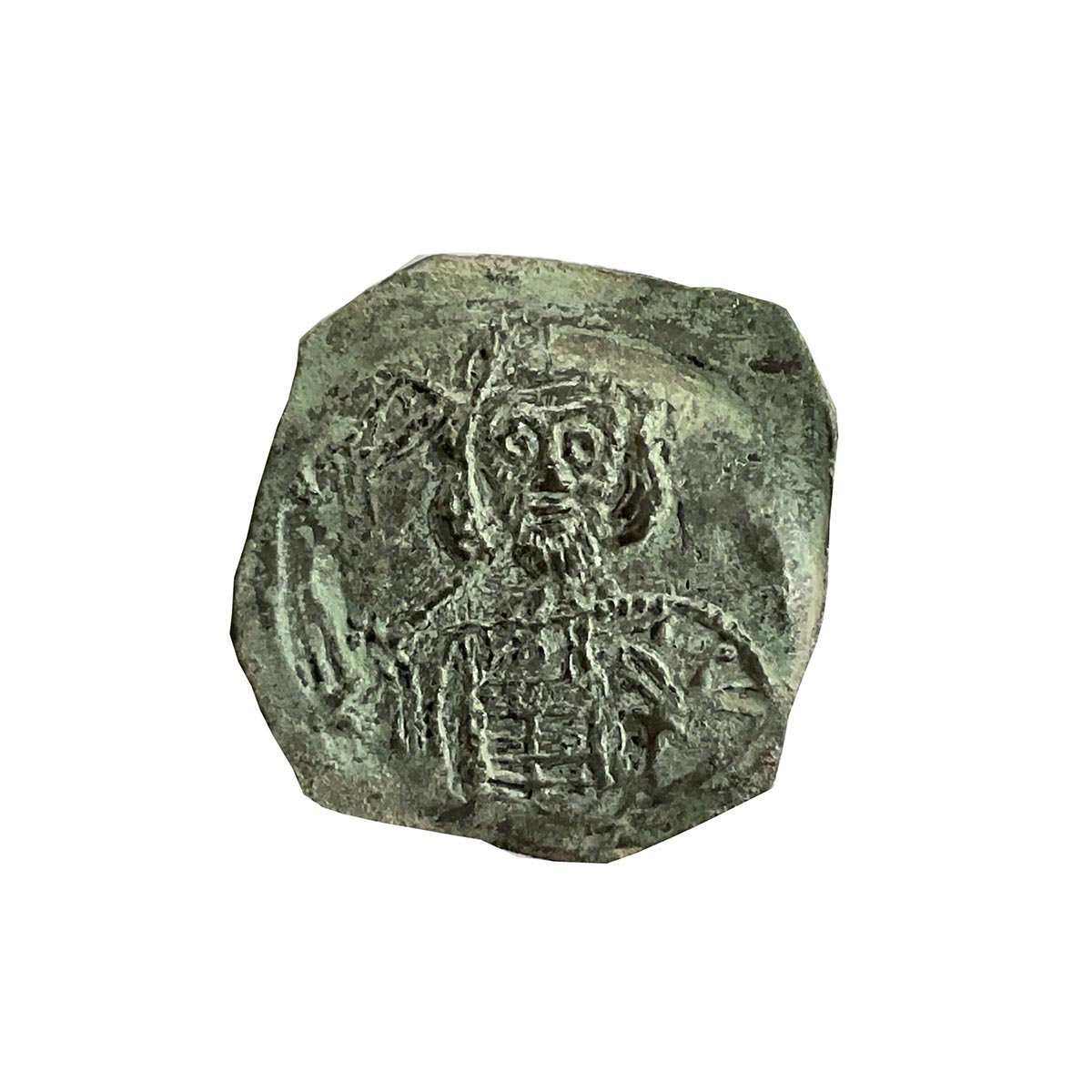



Byzantine Empire Constantine Lv Pogonatus 668 685 C E




Artefacts ged Byzantine Empire Pax Romana Gallery
Surfaces originally inscribed with decoration, now worn away Olivegreen patina H 28mm (1 1/8") #JM2412 $199 Biblical JudaeaAfter the conquest, Hagia Sophia, the great Byzantine church, was transformed into an imperial mosque and became a source of inspiration for Ottoman architects Mehmet II ("the Conqueror," r 1444–46, 1451–81) envisaged the city as the center of his growing world empire and began an ambitious rebuilding program He commissioned two palaces (the Old and the New, later First,"The Byzantine Empire was the successor state of Rome" is false It was the Roman Empire itself;



Byzantium Ca 330 1453 Essay The Metropolitan Museum Of Art Heilbrunn Timeline Of Art History



Byzantine Empire Crosses
Not a successor state Secondly, carbon dating is not very reliable for getting exact dates, and it is especially inaccurate when an item has been burnt or charred So, we have to keep that in mind when placing dates That being said, this still makes a lot of sense TheThe Byzantine Empire, of which Constantinople was the capital, became an important centre of artistic production In the Byzantine Empire a new aesthetic language appeared, deriving from Roman and Barbarian artistic tradition, and from oriental cultures Splendid antique artifacts, Byzantine jewellery and glass, are offered for saleArcheologist Indiana Jones has made a new discovery He has found three new ancient Byzantine relics from long ago He found them while excavating an ancient village near Istanbul, Turkey late last weekend The first relics were tiny golden discs that were found on a stone table




Ancient Byzantine Empire Bronze Coin Christianity Cross Ebay



Holy Land Byzantine Oil Lamp Vatican
Get the best deals on Ancient, Objects, Artifacts, shop the largest numismatic marketplace at MAShopscomUK £ US$ EUR;Find the perfect byzantine artifacts stock photo Huge collection, amazing choice, 100 million high quality, affordable RF and RM images No need to register, buy now!
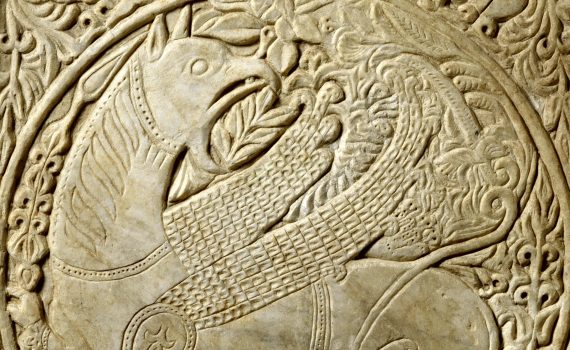



Late Byzantine Art Smarthistory




Bust Christ Holding Book Of Gospel Byzantine Empire
The Byzantine Empire, having had its origins in the Eastern Roman Empire, now evolved into something new—something different from its predecessor By 650 AD, only a very few lingering Roman elements remained alongside the pervasive Greek influence According to various historical sources, a large majority of the Byzantine population from 650 AD onwards The last ruler of the once mighty Byzantine Empire, Constantine XI Palaiologos, died in handtohand combat in a desperate attempt to defend his city On May 29th, 1453, Constantinople fell and with that, the Byzantine Empire – the millennium old descendant of Imperium Romanum – was no more An Orthodox Glory Importance and Cultural Impact Ruins of Forgotten Byzantine Port Yield Some Answers, Yet Mysteries Remain Slide Show After a drought revealed the seawall of a Byzantine Empire



Byzantium Ca 330 1453 Essay The Metropolitan Museum Of Art Heilbrunn Timeline Of Art History
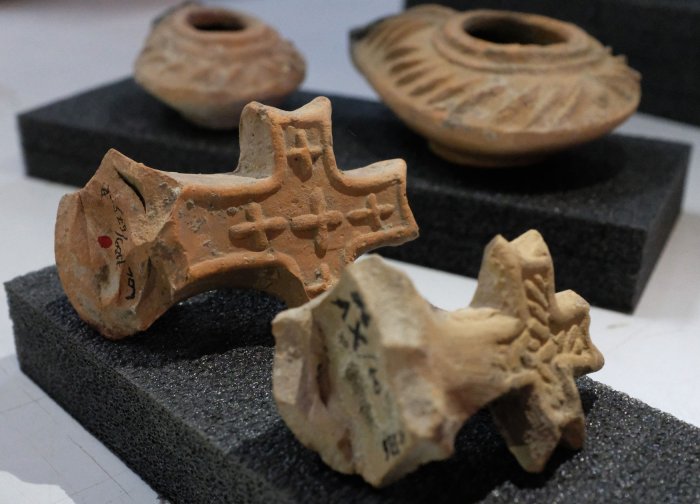



In Photos Byzantine Era Artifacts On Display In Israel All Photos Upi Com
Byzantine Empire Artifacts Artistic characteristic of Byzantine art began to develop in the Roman Empire as early as the 4th century As the classical tradition declined in vitality, eastern influences were more widely felt The founding of Constantinople in 324 created a great new Christian artistic centre for the eastern half of the Empire Artistic traditions flourished also in rival 107 Byzantine Artifact Analysis Guide Carefully examine the artifacts Use what you learned in the module and from the artifact to answer the questions Each answer should be 12 sentences each Artifact 1 Description Wall of Hagia Sophia, located in modern Istanbul, Turkey (formerly Constantinople) The image is made up of many small tiles




Author Byzantine Hyperpyron Coin Of Andronicus Ii Palaeologus And Michael Ix Ad 12 1328 Stock Photo Picture And Rights Managed Image Pic Mpn 2400 Agefotostock



Alvin Byzantine Empire Heraclius Follis Thessalonica



Byzantium Ca 330 1453 Essay The Metropolitan Museum Of Art Heilbrunn Timeline Of Art History



Museum Of Russian Icons Moscow Byzantine Empire Crucifix Cross Png 494x797px Museum Of Russian Icons Moscow




Byzantine Empire Silver Seal Ring Cruciform Monogram Catawiki




Byzantine Empire Barnebys
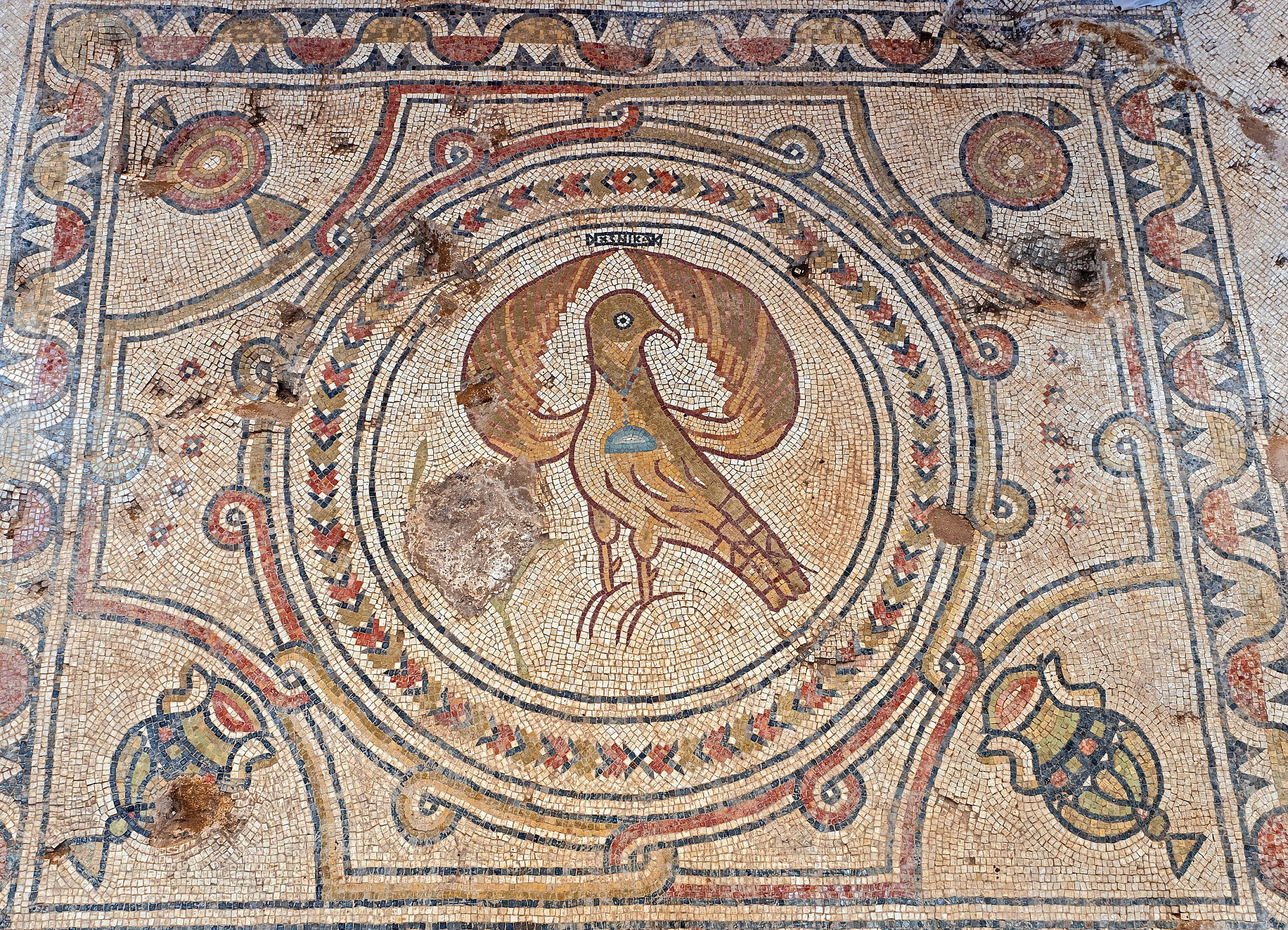



Opulent 1 500 Year Old Church To Mystery Glorious Martyr Found At Beit Shemesh The Times Of Israel
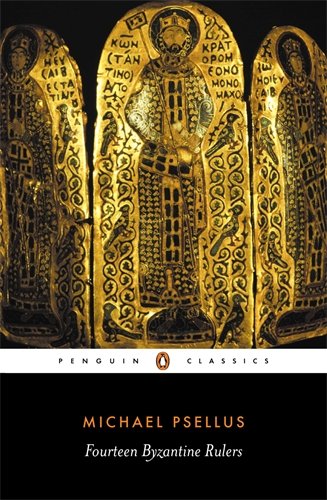



The Best Books On Byzantium Five Books Expert Recommendations



Byzantine Empire Artifacts
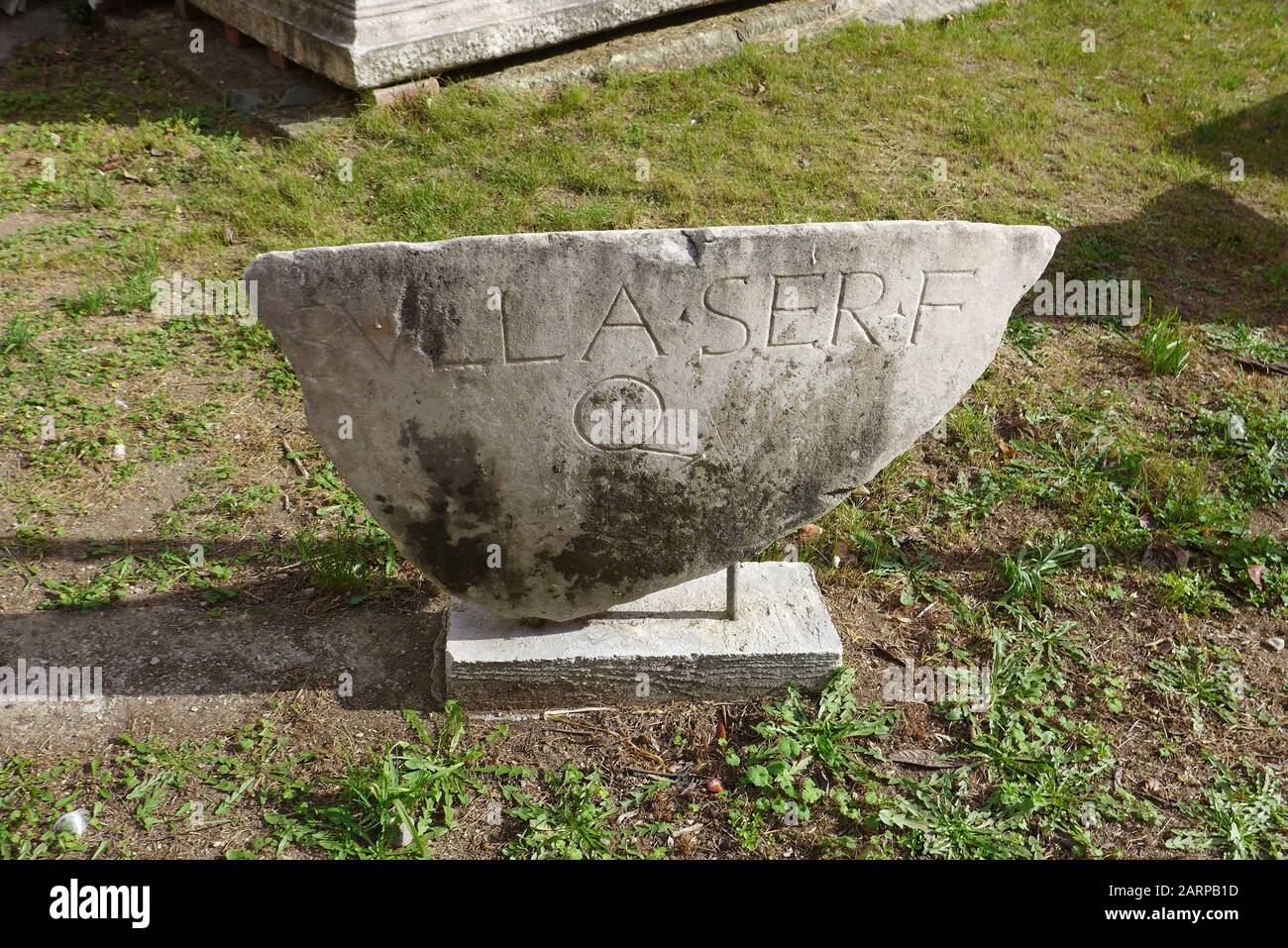



East Roman Byzantine Empire Archeological Artifacts Sarcophagi And Statue Bases Collected From The General Thessaloniki Area Stock Photo Alamy




Byzantine Empire Follis 913 959 Ad Constantine Vii And Romanus I 913 959 Constantinople Very Rare Doublestruck Ef Ma Shops




Byzantine Empire Roman Principate Emperor Ancient Rome Bronze Sculpture Frederick I Holy Transparent Png




1068 Tr Jesus Christ 1068ad Ancient Medieval Byzantine Ch Coin Good At Amazon S Collectible Coins Store
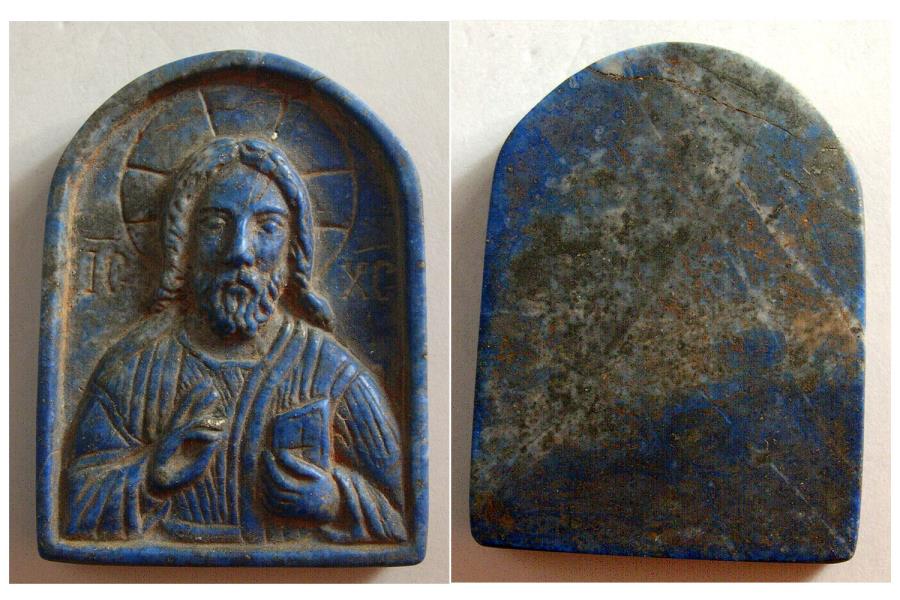



Byzantine Empire Circa 10th 11th Century Ad Religious Placque Idol Extremely Rare




Byzantine Empire World History Encyclopedia
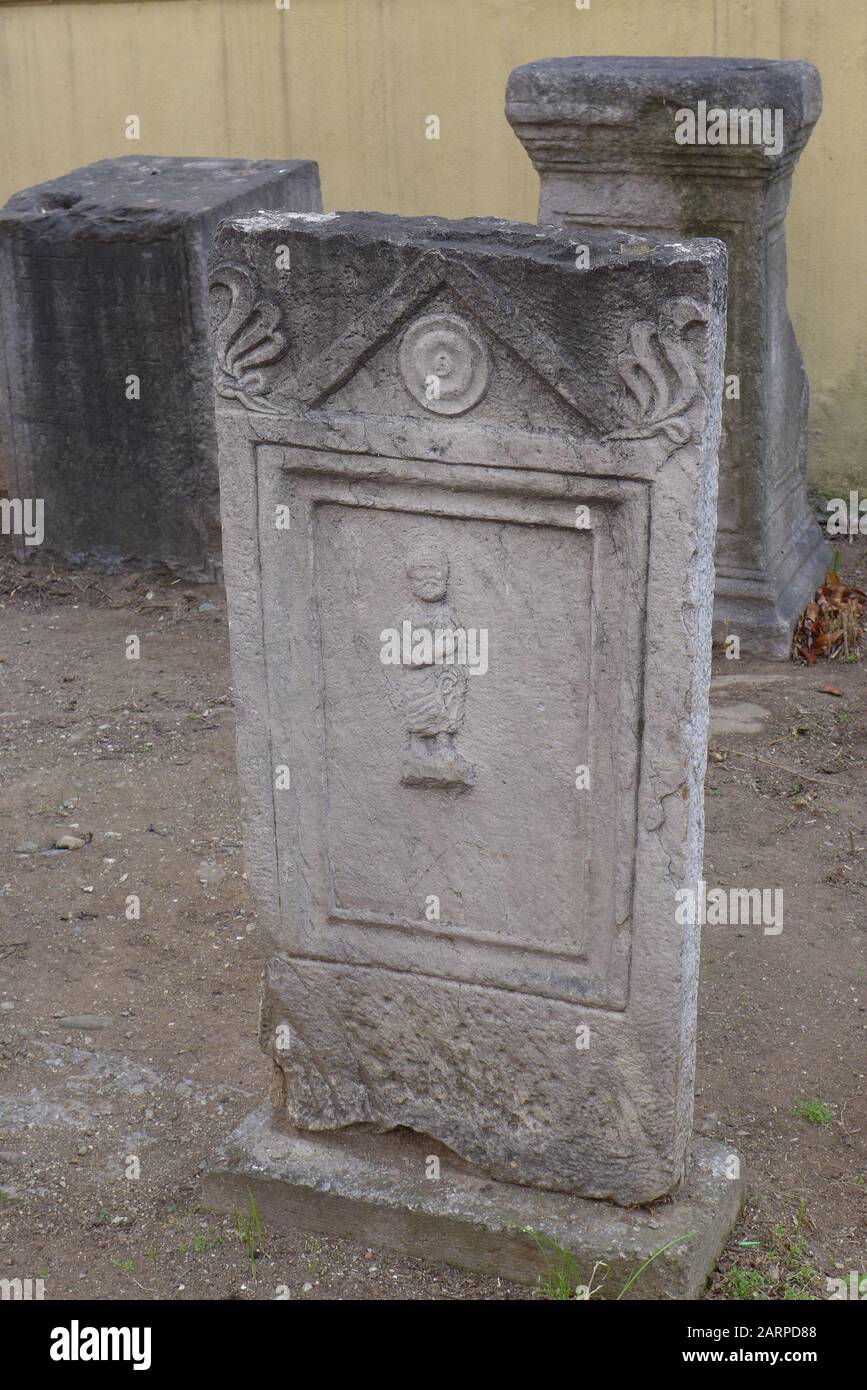



East Roman Byzantine Empire Archeological Artifacts Sarcophagi And Statue Bases Collected From The General Thessaloniki Area Stock Photo Alamy




Amazon Com Golden Artifacts Constantine The Great Roman Coin Emperor Of Rome 2 Victories Unique Gift Roman Empire 19 G Everything Else



Ancient Resource Byzantine Empire Gold Silver Bronze Coins For Sale




Cultural Encounters On Byzantium S Northern Frontier C Ad 500 700
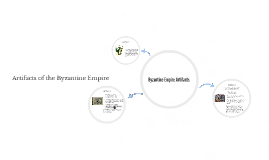



Byzantine Empire Artifacts By Justin Bazile Pierre
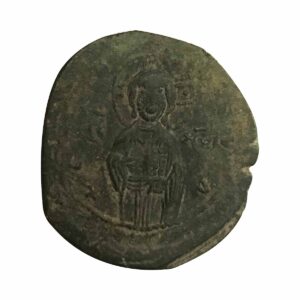



Byzantine Empire Michael Lv The Paphlagonian Christ Ocn Antiques




Follis 40 Nummi Of Heraclius Emperor Of The Byzantine Empire From Sicily Yale University Art Gallery



Alvin Byzantine Empire Manuel Ii Palaiologos 1 8 Stavraton Cons
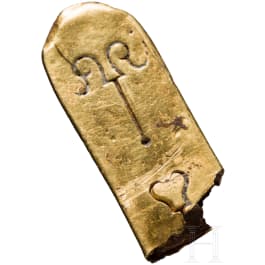



The Byzantine Empire And Medieval South East Europe Online Catalogue A80kua Past Auctions Buy Hermann Historica




10 Things You May Not Know About The Byzantine Empire History
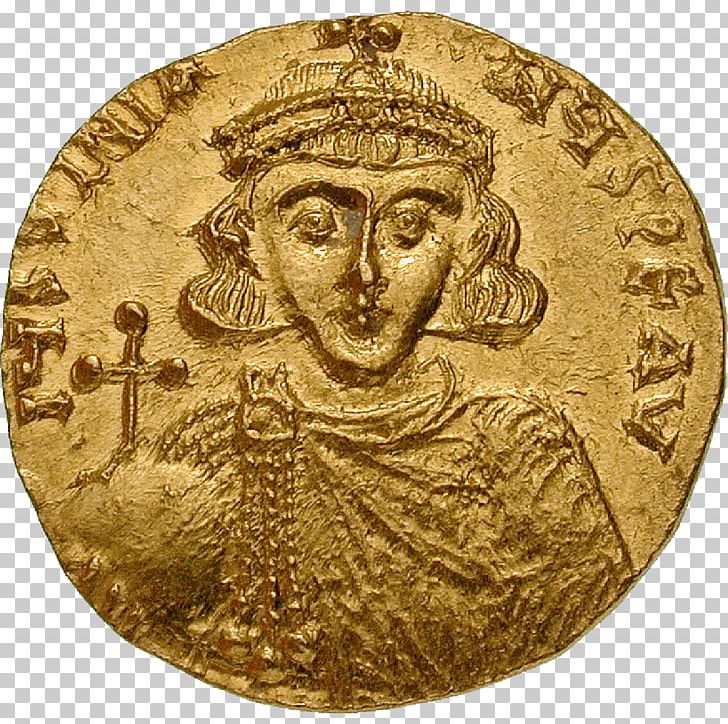



Coin Byzantine Empire Roman Empire Constantinople Solidus Png Clipart Ancient History Artifact Byzantine Byzantine Architecture Byzantine




Byzantine Empire Sasanian Occupation 618 628 Ae 12 Nummi 4 62g Alexandria Vf Ef
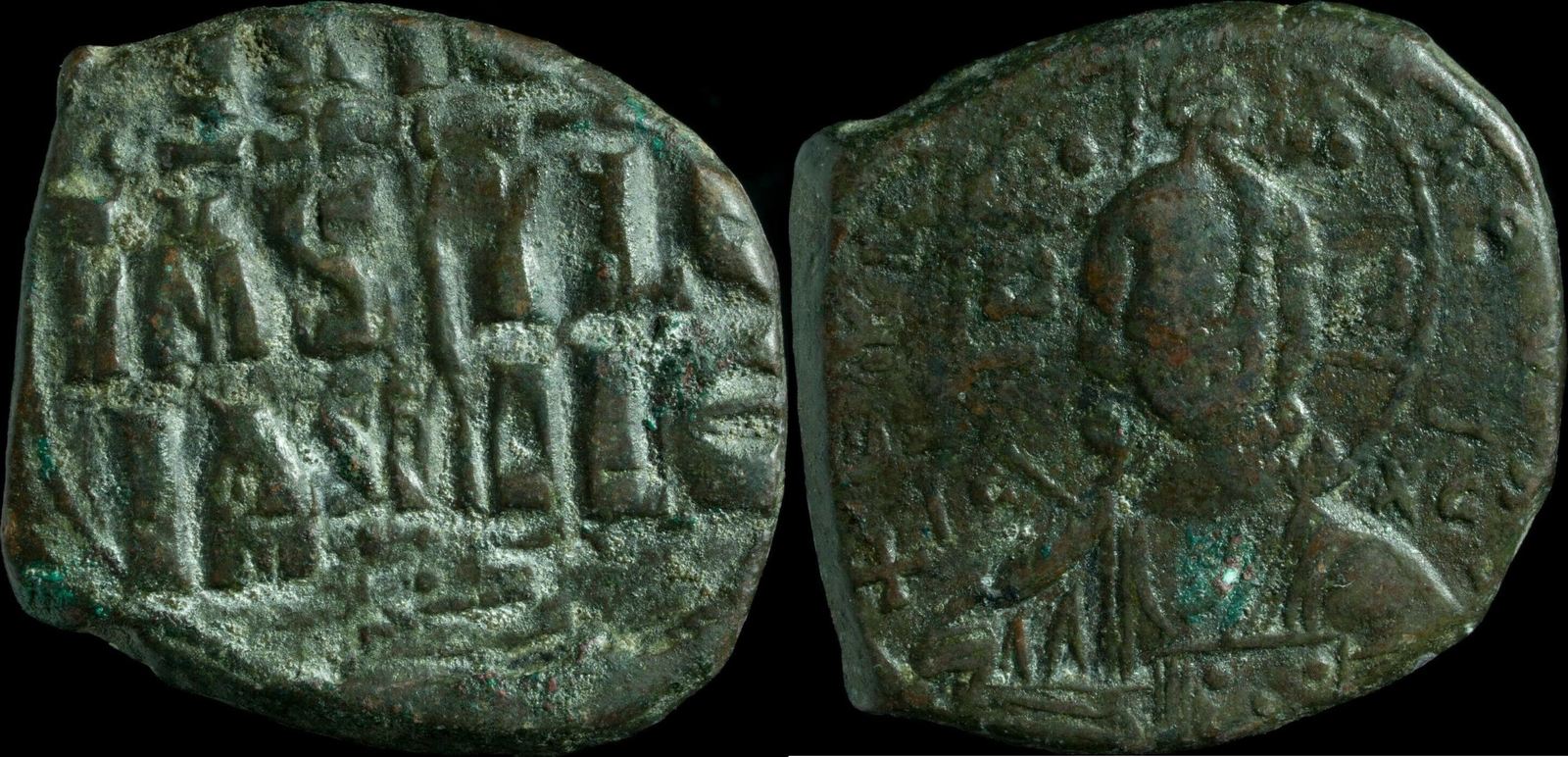



Byzantine Empire Byzantine Coins Basileus Ii Vf Ma Shops



Silk Road Ancient Cities And Artifacts Lessons Blendspace




Visigoths Wikipedia




How Does This Artifact Illustrate A Contribution Of The Byzantine Empire Brainly Com




Byzantine Coins The Shroud Of Turin And The Holy Grail The Coins History Foundation




Byzantine Empire Coins And Artifacts For Sale Byzantine Empire Ancient Jewelry Byzantine
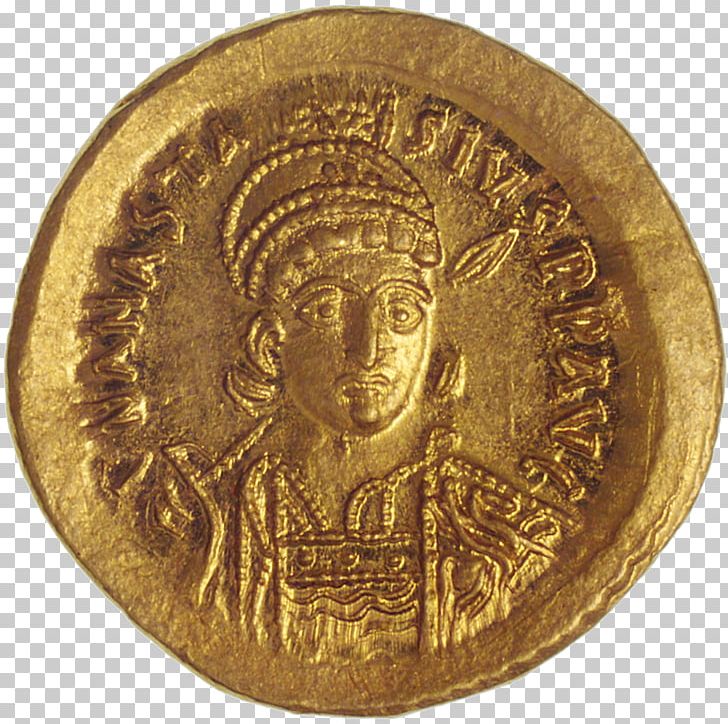



Roman Empire Severan Dynasty Roman Emperor Castrum Asciburgium Aureus Png Clipart Ancient History Artifact Aureus Byzantine




Byzantium Empire 695 698 Years Coin Copy mm Non Currency Coins Aliexpress




Pin On Byzantine Artifacts
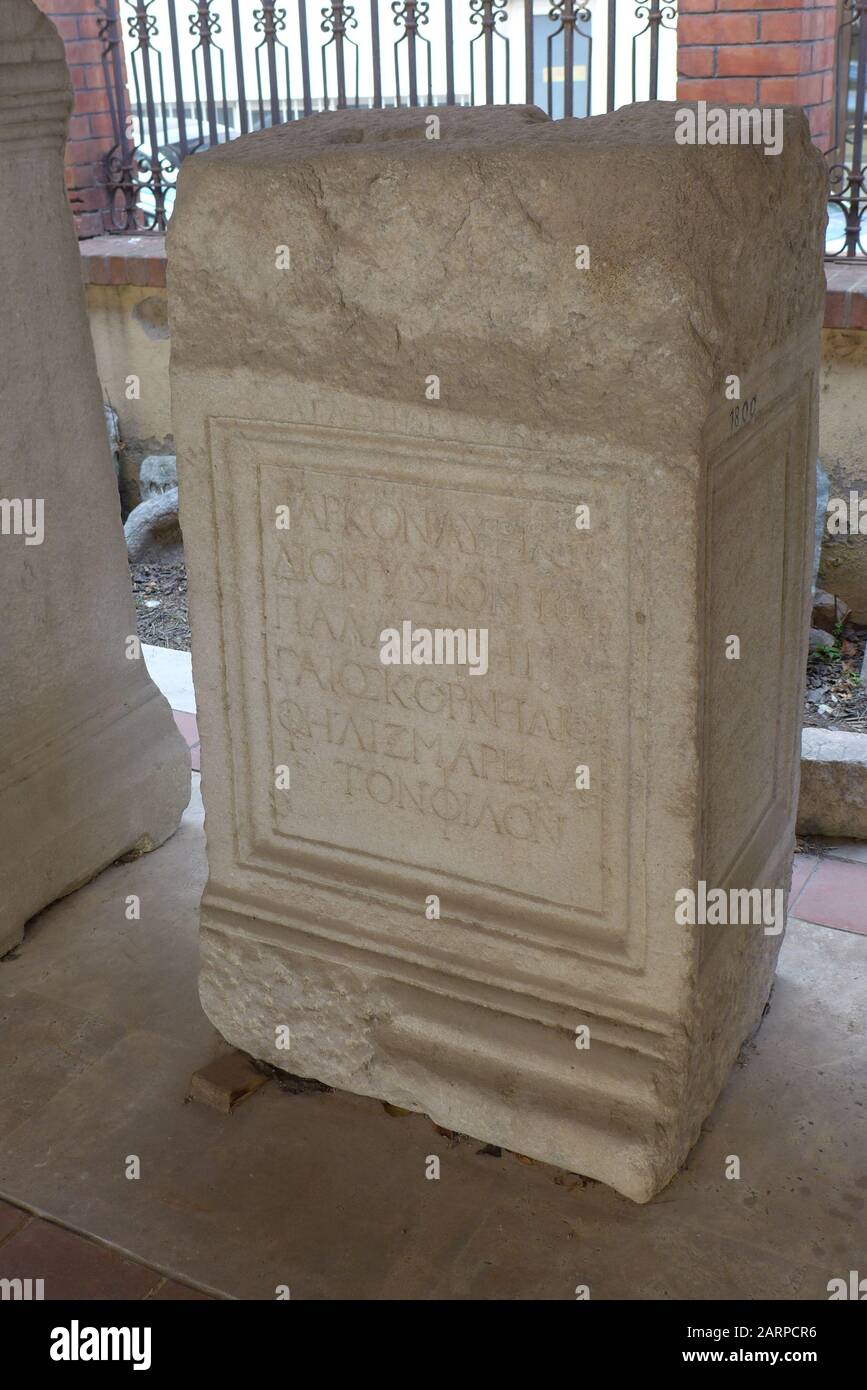



East Roman Byzantine Empire Archeological Artifacts Sarcophagi And Statue Bases Collected From The General Thessaloniki Area Stock Photo Alamy
:max_bytes(150000):strip_icc()/byzantine-empress-regnant-irene-of-athens-526925878-58d680fc5f9b5846834a3bca.jpg)



Language In The Byzantine Empire




A Tombstone Inscribed In Ancient Greek Is Found In Southern Israel Smart News Smithsonian Magazine




11 Byzantine Artifacts Ideas Byzantine Byzantine Art Byzantine Empire




1 2 Follis 579 580 Byzantine Empire 330 1453 Bronze Tiberius Ii 535 5 Prices Values



1




12 Ancient Artifacts Byzantine Ideas Byzantine Byzantine Empire Ancient Artifacts
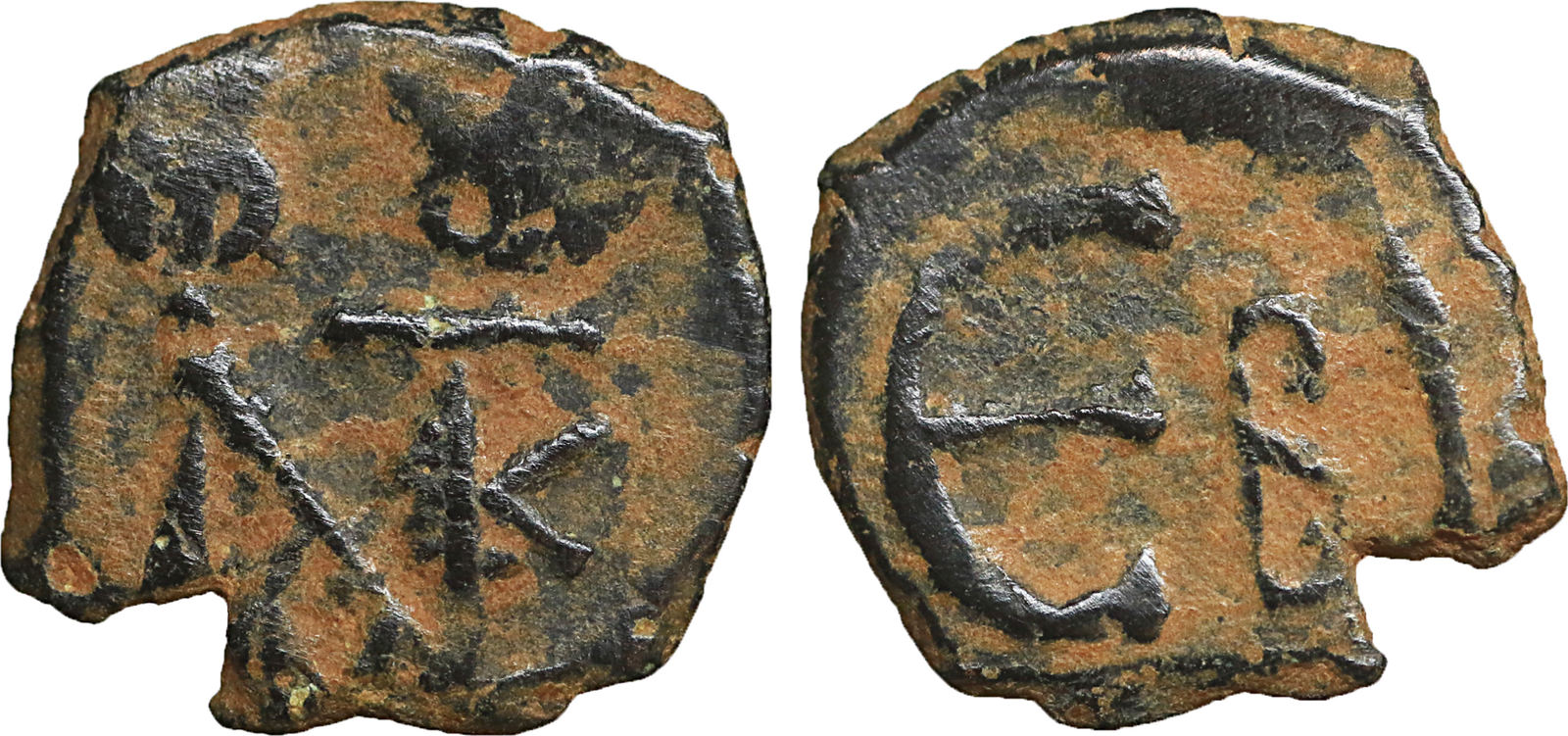



Byzantine Empire Byzantinisches Reich Pentanummium Ad 565 578 Justin Ii Vf Xf Ma Shops



A Closer Look At The Booty Big Era Five Explained With Artifacts




1081 1118 Ad Byzantine Empire Eastern Roman Empire Medieval Etsy
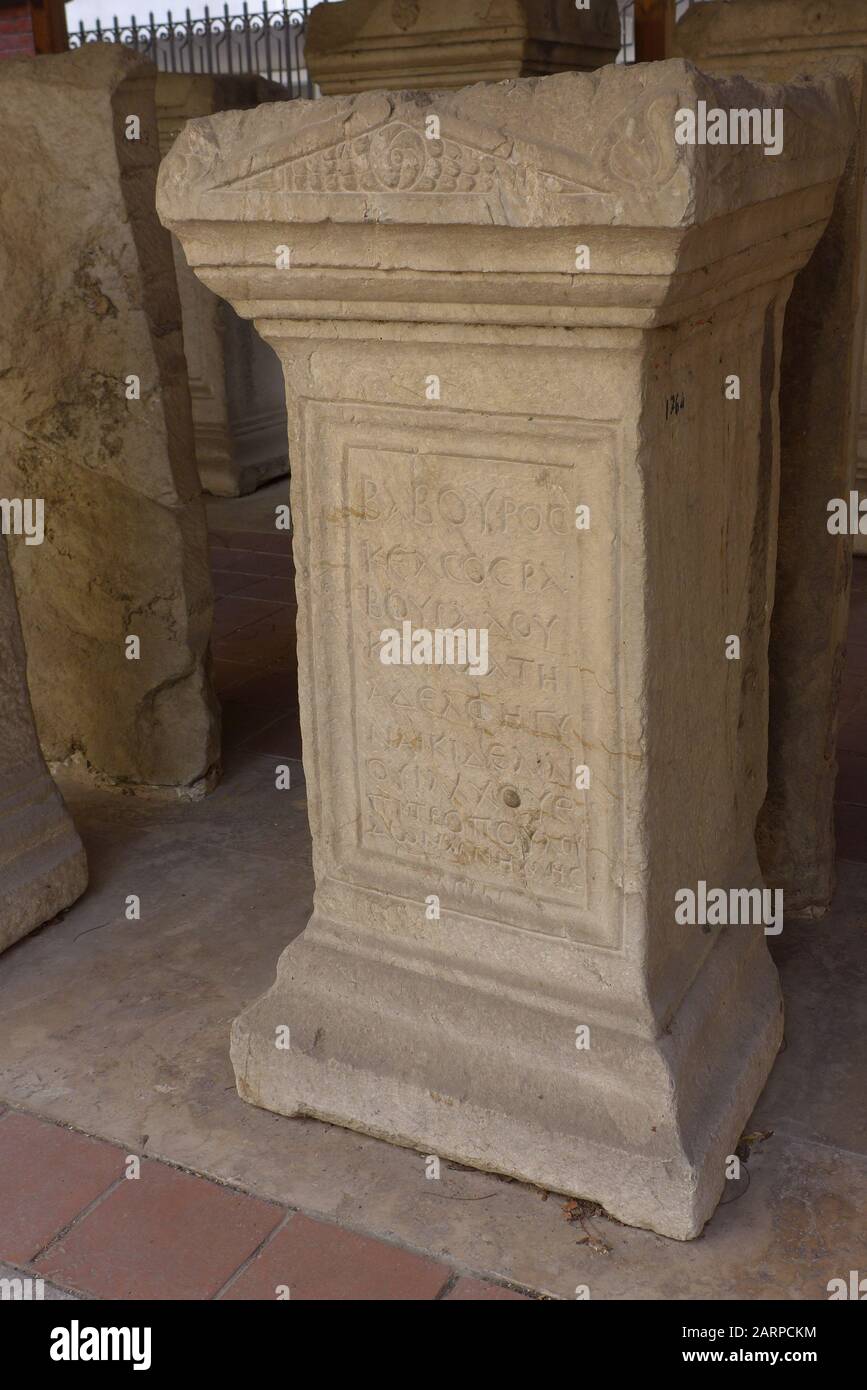



East Roman Byzantine Empire Archeological Artifacts Sarcophagi And Statue Bases Collected From The General Thessaloniki Area Stock Photo Alamy
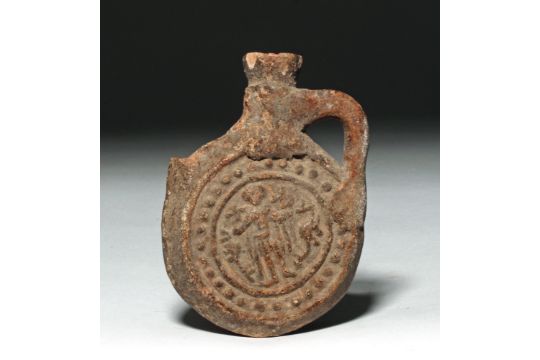



Byzantine Empire Ca 500 Ce This Is A Pottery Flask With A Lentoid Body A Narrow Neck And Two




Artstation Object Study Byzantine Empire Daria Schestakova



Alvin Byzantine Empire Anastasius Follis Constantinople
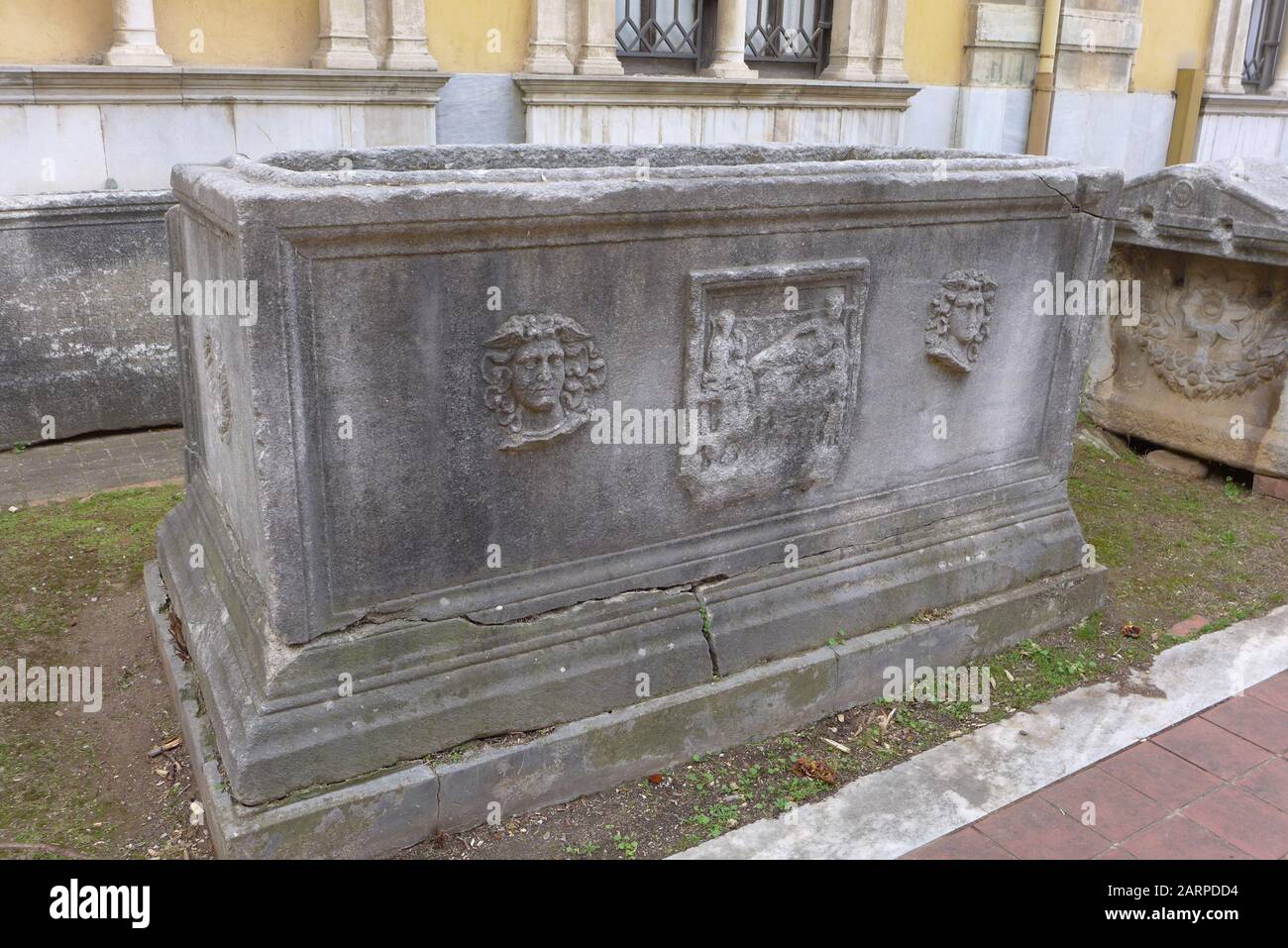



East Roman Byzantine Empire Archeological Artifacts Sarcophagi And Statue Bases Collected From The General Thessaloniki Area Stock Photo Alamy




Byzantine Byzantine Empire Bi Aspron Trachy Of Manuel I Komnenos 1143 1180 Ad Mary Christ



Q Tbn And9gcskqs2pxmifk1yqychakm2lxzqqfh Jopvxqk Ktbm0me9ewmsm Usqp Cau



1 Pentanummium Byzantine Empire 491 518 National Museum Of American History



Rome Byzantine Empire Activity Answers



Byzantine Ivories Essay The Metropolitan Museum Of Art Heilbrunn Timeline Of Art History




Art Eyewitness Heaven And Earth Art Of Byzantium At The National Gallery




Byzantium In Exile Chapter 1 The Byzantine Hellene
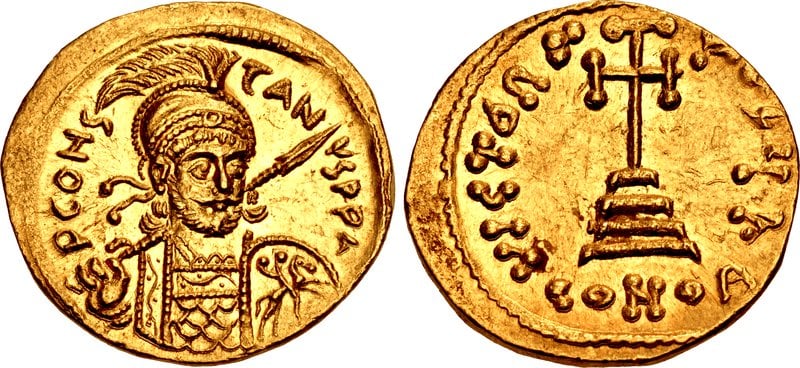



Byzantine Coins Uncovered During Excavation In Israel
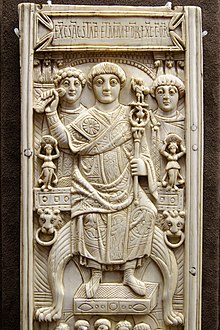



Byzantine Art Wikipedia
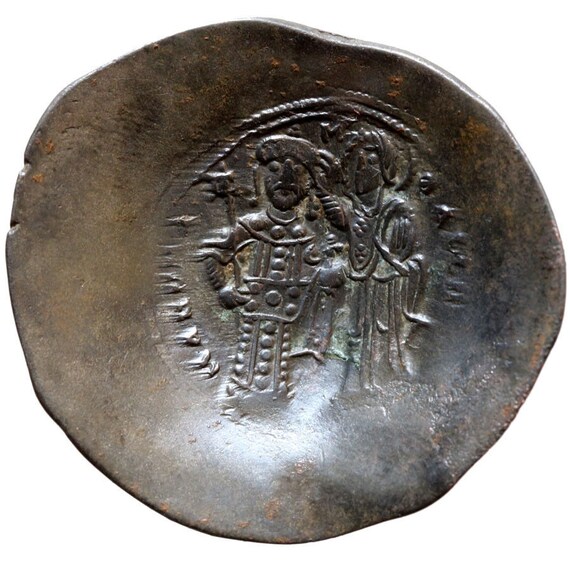



1143 1180 Ad Byzantine Empire Eastern Roman Empire Medieval Etsy



Alvin Byzantine Empire Tiberios Ii Follis Constantinople



Q Tbn And9gcsjzyw9xsqragauzqfshmzq Gxgfycxzvj Axztf So6okjxen8 Usqp Cau




1 Assarion 1295 13 Byzantine Empire 330 1453 Bronze Andronicus Ii Palaiologos 1258 1332 Prices Values




Byzantine Oil Lamp St James Ancient Art



Byzantium Ca 330 1453 Essay The Metropolitan Museum Of Art Heilbrunn Timeline Of Art History



Ancient Resource Byzantine Empire Coins And Artifacts For Sale



Alvin Byzantine Empire Constantine Vii Follis 945 950 Constanti



Byzantium Ca 330 1453 Essay The Metropolitan Museum Of Art Heilbrunn Timeline Of Art History




Monomachus Crown Wikipedia
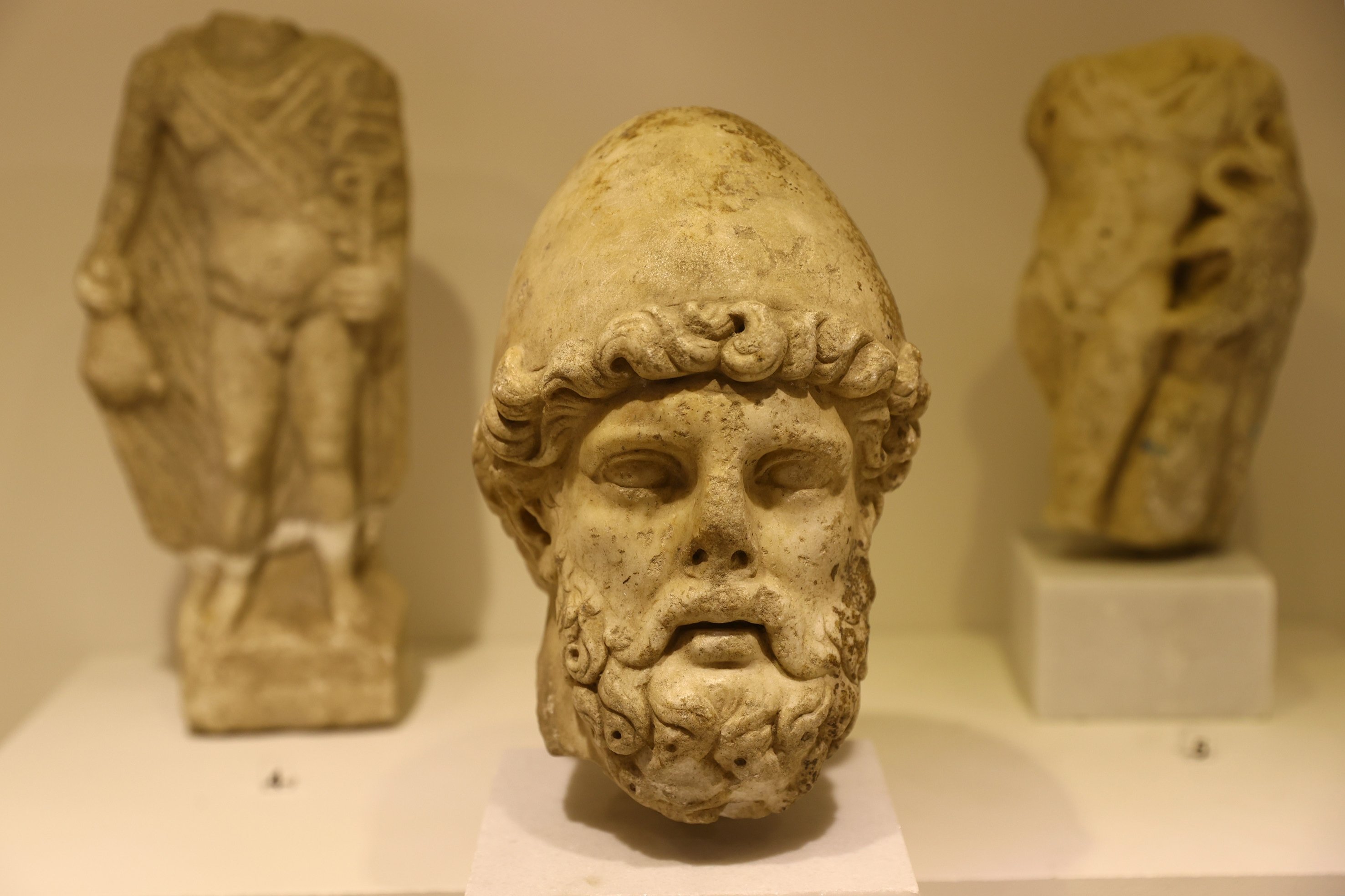



Ancient Artifacts Shine Light On History In Turkey S Thrace Daily Sabah



1




Jaw Dropping Historic Artifacts So Awesome Unmotivating Byzantine Byzantine Art Byzantine Jewelry




Ancient Byzantine Empire Bronze Ring Jewelry Artifact
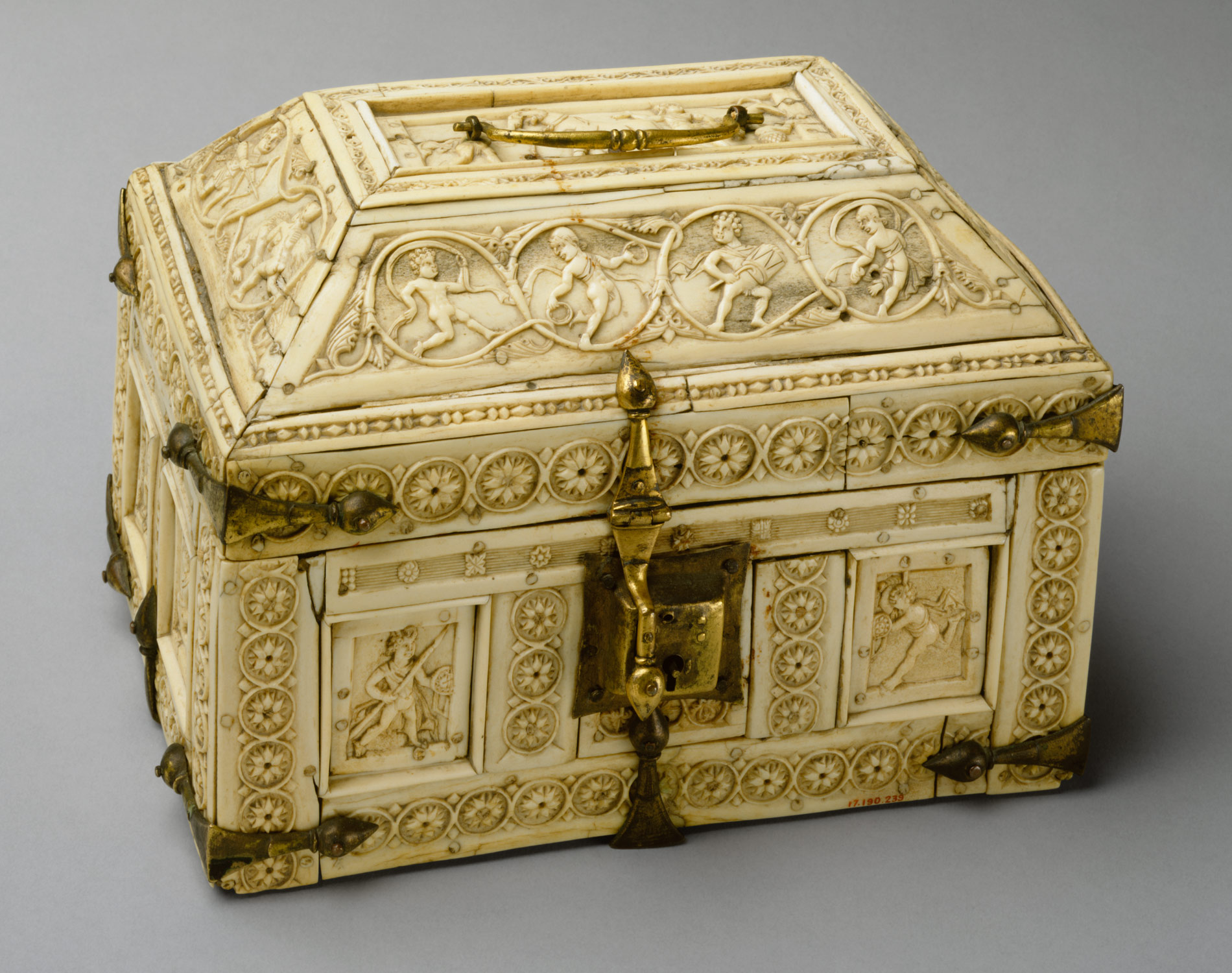



A Look At The Artistry Of The Byzantine Empire Sadighgallery




Byzantium And Islam Age Of Transition At The Met The New York Times
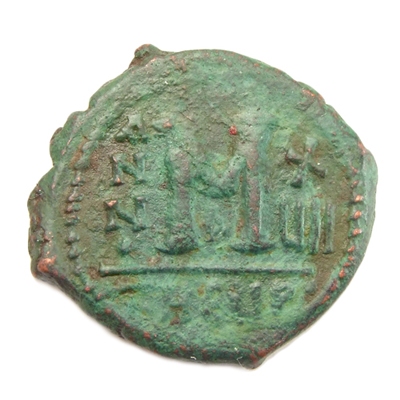



Byzantine Empire Maurice Tiberius 5 602 Ad Ae Follis
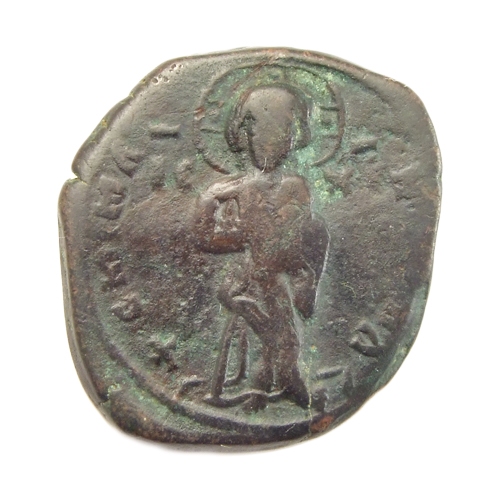



Byzantine Empire Constantine X Ducas And Eudocia Ae Follis




Byzantine Bread Stamp Iconastas Byzantine Art Byzantine Roman Artifacts




Byzantine Empire Byzantium Constantinople Byzantine Coinage Png 1267x650px Byzantine Empire Ancient Greek Coinage Artifact Brass Byzantine



0 件のコメント:
コメントを投稿